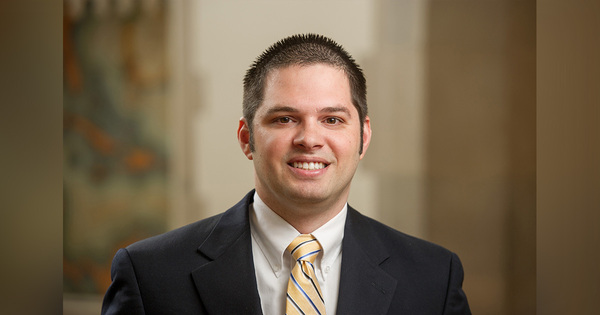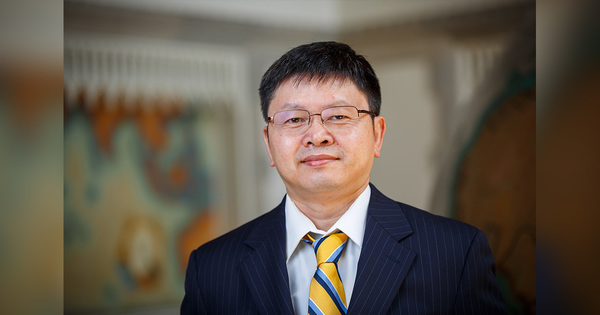

Jonathan Hauenstein, professor in the Department of Applied and Computational Mathematics and Statistics, enjoyed walking in front of his classroom and performing probability experiments with extremely oversized playing cards.
Of course, after e-learning began because of the COVID-19 pandemic, he’s now recording short videos for students to watch on their own before class, and then using live synchronous lectures to highlight key aspects and solve interesting problems.
“There is always a learning curve with using new software and figuring out how to use the relevant features,” Hauenstein said. “I had to cut down on the large visual demonstrations.”
He practiced ways to demonstrate key mathematical concepts in an online format by having his children take their laptops to a different room in the house and having a virtual meeting, and because of his preparation work, he found the transition to e-learning to be easier than first expected.
“Professor Hauenstein provides pre-recorded videos on the topics that will be covered in the following live lecture, and I have found these videos very helpful, because I have an idea of the concepts before they are presented in the live lecture,” said Zachary Peurach, a sophomore majoring in business analytics and ACMS. “This allows me to better follow along during the live lectures.”

The ACMS department had an advantage over some other departments because several instructors have presented classes online before, and Roger Woodard, teaching professor and director of Notre Dame’s online master’s degree in data science, created some documents with advice and best practices, said Bei Hu, ACMS department chair.
“This was unexpected and unscheduled, but we’re coping well,” Hu said.
After professors and students return to in-person teaching, professors will likely incorporate some of the new methods. And students may discover they enjoy learning portions of their subjects in new ways, he said.
“The students are learning something new here, and for some of them, they may have never worked in this environment before,” Woodard said. “They may have a desire for more online portions of their courses, and we may need to rethink how we deliver a lot of the courses.”
Peurach agreed that e-learning required a transition to his learning style.
“But the professors have done an excellent job at assisting students with the transition,” Peurach said. “Although I prefer to be on campus interacting more frequently with my professors and fellow students, I think that the College of Science has provided quality e-learning.”
He and other students say they prefer being on campus and interacting more frequently with professors and fellow students, but Woodard and students noted that some aspects are positive – for instance, being able to hop on a Zoom call to speak to a professor rather than trek across campus.
“With online learning – the key thing is, how do we keep it a Notre Dame experience?” Woodard said. “We work very hard to make sure students are connected to each other.”
Now that Hauenstein has recorded videos, in the fall he plans to use them to teach partially flipped classrooms – where students are asked to do some reading or work before going into their lectures.
“This will provide them with some introductory material, and the face-to-face lectures will provide expanded details, addressing potential difficulties, and performing probability examples,” he said.